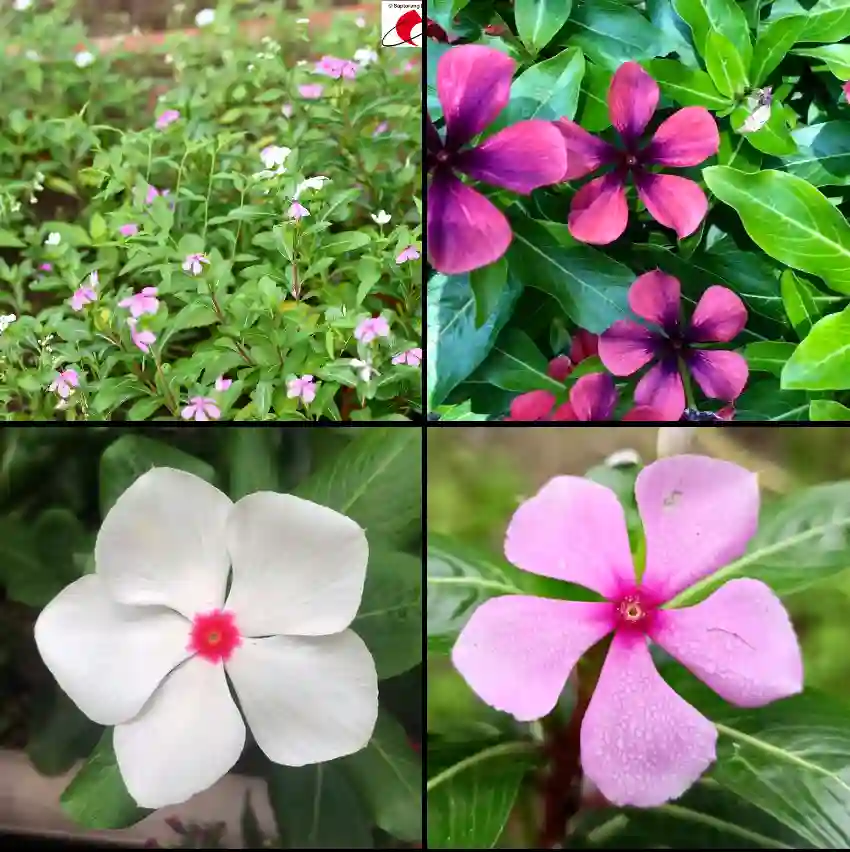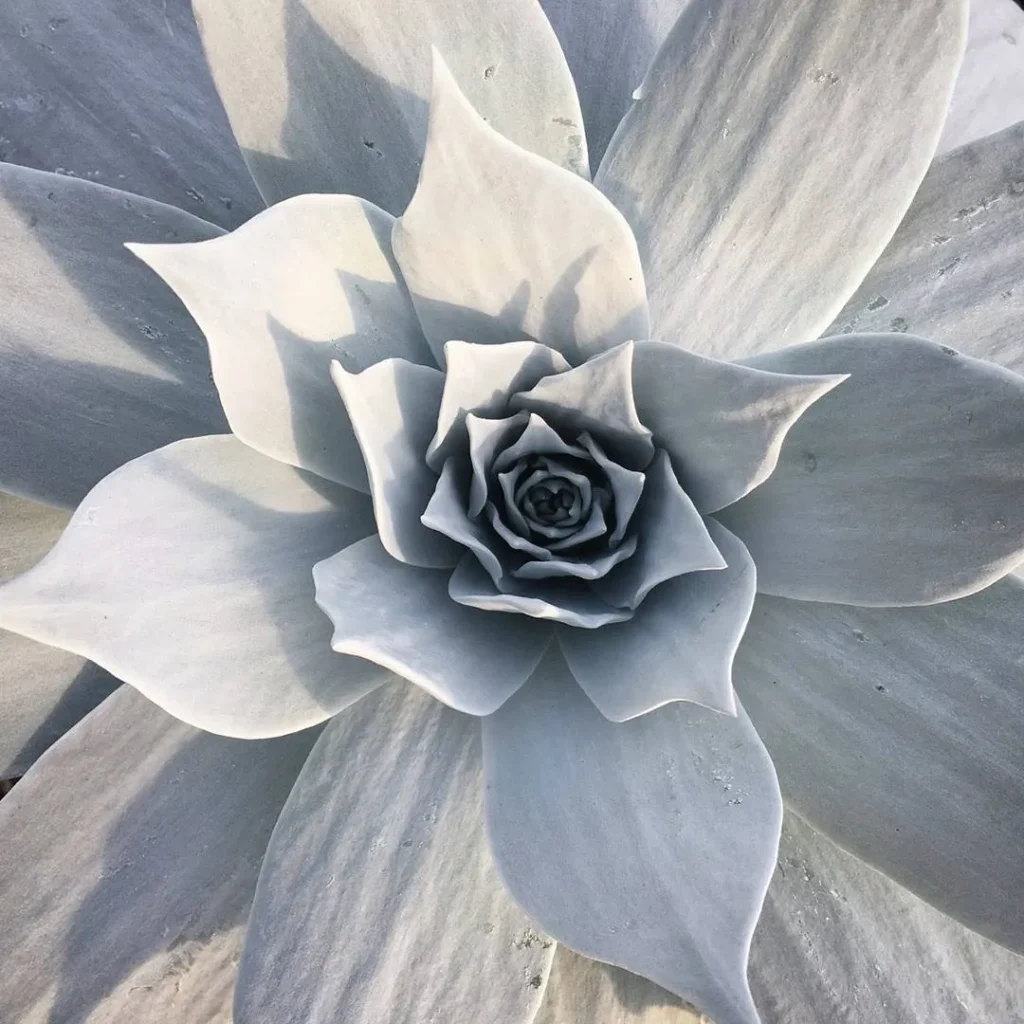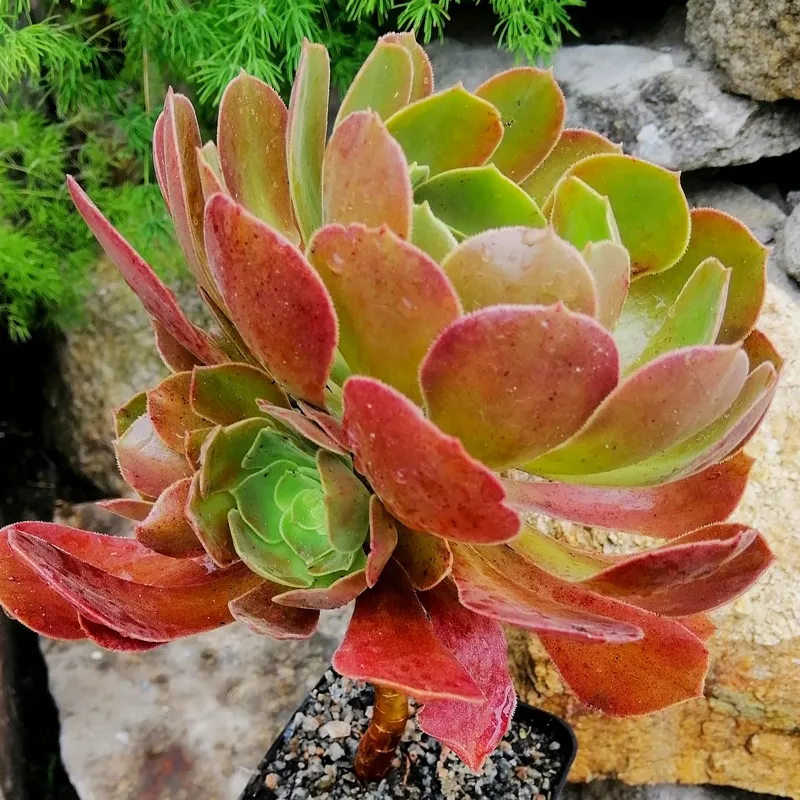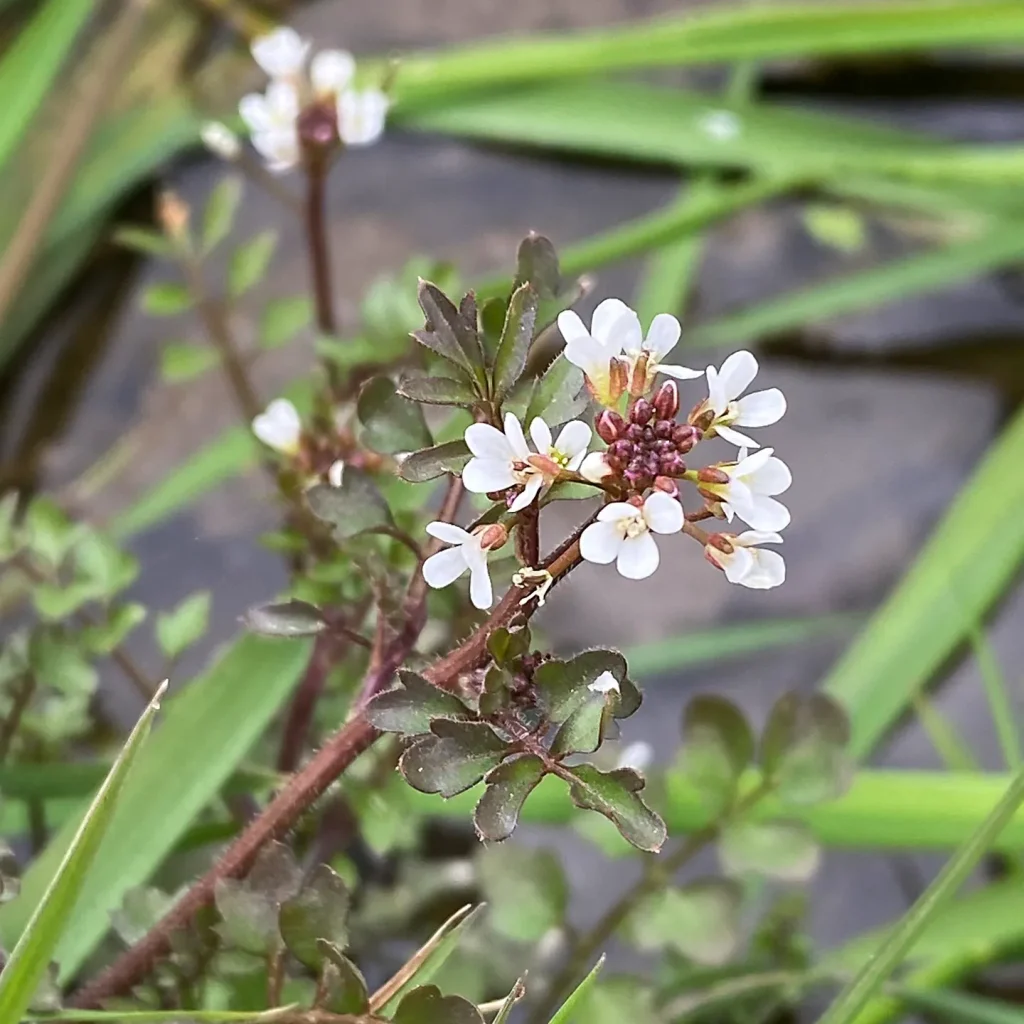All About Carex Albicans: The White-Tinged Sedge for Your Garden
Hi, I’m Ferb Vu, and I’m here to answer your questions about Carex albicans, also known as the White-Tinged Sedge. This versatile little plant is a favorite among gardeners for its attractive foliage and low-maintenance needs. Whether you’re a seasoned green thumb or a newbie just starting out, Carex albicans can be a wonderful addition to your landscape.
2324 Species in Genus Carex
What is Carex Albicans?
Carex albicans is a clump-forming, evergreen (or semi-evergreen) sedge native to North America. It boasts narrow, bright green leaves that arch gracefully, forming dense tufts or loose colonies. In late spring, delicate brown flower spikes emerge, adding a touch of visual interest. While not particularly showy, the flowers contribute to the plant’s overall charm.
This tough little sedge thrives in various light conditions, from full sun to part shade. It’s also more tolerant of dry soil than most Carex species, making it a great choice for areas that don’t receive regular irrigation.
When is the best time to plant Carex Albicans?
Spring or fall is the ideal time to plant Carex albicans. This allows the plant to establish a strong root system before facing the extremes of summer or winter.
What kind of soil does Carex Albicans prefer?
Carex albicans is adaptable to various soil types but thrives in well-drained soil with average moisture content. If your soil is heavy clay, consider amending it with some compost or sand to improve drainage.
How far apart should I plant Carex Albicans?
Space your Carex albicans plants 12-18 inches apart to allow for proper growth and prevent overcrowding.
How much water does Carex Albicans need?
Once established, Carex albicans is quite drought-tolerant. Regular watering is only necessary during prolonged dry spells or if planted in full sun. Aim for the soil to feel moist but not soggy to the touch.
Does Carex Albicans need fertilizer?
Carex albicans is not a heavy feeder. A light application of balanced fertilizer in early spring is sufficient. However, it can thrive without any additional feeding if your soil is healthy.
Does Carex Albicans need to be pruned?
Pruning is not typically necessary for Carex albicans. However, you can remove any dead or brown leaves in early spring to improve the plant’s appearance.
How fast does Carex Albicans grow?
Carex albicans is a slow-growing sedge. It will gradually spread by underground rhizomes, forming a dense clump over time.
How big does Carex Albicans get?
Mature Carex albicans plants typically reach a height of 12-18 inches with a spread of 18-24 inches.
What is the difference between Carex Albicans and Carex Pennsylvanica?
Carex albicans and Carex pennsylvanica (Pennsylvania Sedge) are very similar in appearance. However, Carex pennsylvanica is generally shorter and spreads more aggressively through rhizomes.
What are the benefits of planting Carex Albicans?
Carex albicans offers several benefits for your garden:
- Low-maintenance and drought-tolerant
- Provides year-round interest with its evergreen foliage
- Creates a beautiful textural contrast with other plants
- Attracts beneficial pollinators like butterflies and bees
- Deer resistant
Additional Tips:
- Carex albicans can be divided in spring or fall to create new plants.
- This sedge is a fantastic choice for borders, walkways, shade gardens, and rock gardens.
- Consider using Carex albicans as a natural groundcover to suppress weeds.
By following these simple tips, you can enjoy the beauty and benefits of Carex albicans in your garden for years to come. So, if you’re looking for a low-maintenance, versatile plant that adds a touch of elegance to your landscape, Carex albicans is definitely worth considering.
If i die, water my plants!



